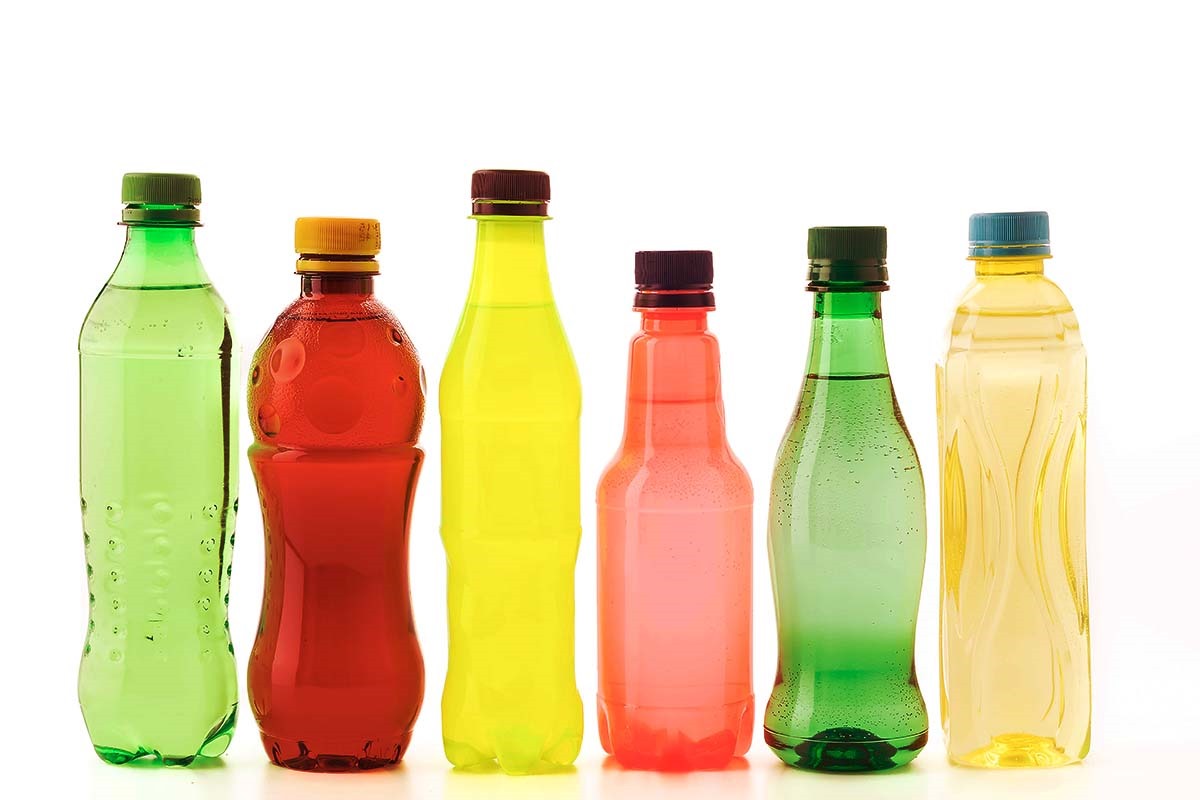One everyday drink now tops the charts for tiny plastic contamination, and the numbers are stark. A UK team screened 155 popular beverages bought in 2024 across supermarkets and coffee shops. Hot tea and hot coffee showed the heaviest loads, while cold options trailed. Disposable cups and premium teabags played a striking role. Because people sip these drinks all day, risk can stack up quickly. The word microplastic captures the concern without drama, yet the evidence calls for clear action.
What the tests covered and how they were done
Researchers assessed 31 drink types spanning hot and iced tea and coffee, fruit juices, soft drinks, and energy drinks. They filtered samples, then counted particles under a microscope. Cold drinks were filtered right away, while hot drinks cooled for thirty minutes to standardize handling before analysis.
To compare different serving sizes, the team reported counts per liter rather than per cup. That choice matters because packaging sizes vary widely. The approach, believed to be a first of its kind at this breadth, set a baseline across everyday products from well known UK brands bought the same year.
The method also captured real retail conditions, which include brewing steps and packaging contact. Because many people take their drinks to go, packaging effects matter. The study’s design focused on exposure under routine habits, and it placed microplastic within a wider daily intake picture, not just water alone.
Why microplastic levels spike in hot drinks
Numbers climbed fastest in hot tea and hot coffee, and the spread was clear. Hot tea measured 49 to 81 particles per liter, while hot coffee measured 29 to 57. The team linked a big share to serving materials, and the pattern held across cafés and home brewing.
Cup choice made a measurable difference. Hot tea in disposable cups averaged 22 particles per cup, while glass cups averaged 14. More expensive teabags released the most, at 24 to 30 per cup, and the team said disposable cup material strongly drove particle release in hot coffee as well.
Heat, time, and surface contact act together and raise transfer rates. The longer hot liquid sits in a lined cup, the higher the potential load. That helps explain why a quick espresso may differ from a large takeaway tea, even when both start clean. One body paragraph includes microplastic here.
Cold drinks still contain plastic particles, yet numbers are lower
Cold options carried fewer particles than hot ones but still showed consistent presence. Iced tea measured 24 to 38 per liter, and iced coffee 31 to 43. Fruit juice ranged from 19 to 41. Energy drinks showed 14 to 36, while soft drinks measured 13 to 21 across the tested brands.
These figures matter because people do not only drink water. A typical day can include a morning latte, a juice, a mid afternoon soda, and an evening iced tea. Exposure therefore adds up across categories, even when any single cold drink looks modest in isolation.
The team’s lead author stressed that focusing only on water understates risk. A 2024 paper from the same group found tap water at 24 to 56 per liter and bottled water at 26 to 48. Cold drinks sit in that neighborhood, so a full tally must include them. This paragraph includes microplastic once.
Sources that drive microplastic release during brewing and serving
Heat weakens polymer barriers and boosts particle shedding, while stirring and sipping add gentle shear. Teabag construction and seal materials matter as well. Premium bags sometimes use plastic meshes or heat seals, which can leach more fragments under brew conditions than simple paper or loose leaf.
Cup linings and lids influence contact time and surface area. A hot drink rests against a coated wall, and lids trap heat, so temperatures stay high longer. Because those conditions persist while people carry drinks, more fragments can migrate, and the final cup can hold a higher count.
Brewing habits also change outcomes. Short steeps, cooler water, and ceramic or glass reduce contact with coatings. Loose leaf avoids bag materials entirely. People who favor refillable cups cut packaging contact during serving. These small swaps reduce the single cup load of microplastic without changing flavor or routine.
What this means for policy, research, and daily choices
Because exposure comes from many drinks, water data alone cannot guide health policy. The authors framed this study as a step toward realistic intake models across dietary sources. They also urged wider surveillance, since coffee shops and home brewers use diverse cup stocks, lids, machines, and teabags.
The evidence carries consumer steps that are simple and practical. Choose ceramic or glass for hot drinks when possible, and avoid plastic lined lids for long sips. Favor loose leaf or low plastic teabags, and let very hot drinks cool a little before travel. Small shifts cut contact time meaningfully.
The team called for legislative attention, since standards can improve cup linings and bag designs. Retailers can switch stocks, and brands can label materials clearly. Researchers, meanwhile, can refine methods and harmonize reporting. Those moves help track microplastic exposure trends while better data on health effects mature.
Practical next steps to reduce exposure without losing your routine
Hot drinks lead the count, yet small choices help curb intake right now. Use glass or ceramic for tea and coffee when you can, and choose loose leaf or low plastic bags. Let brewed drinks cool briefly before travel, and prefer refillable cups. Because exposure adds up, each swap trims microplastic burdens.
